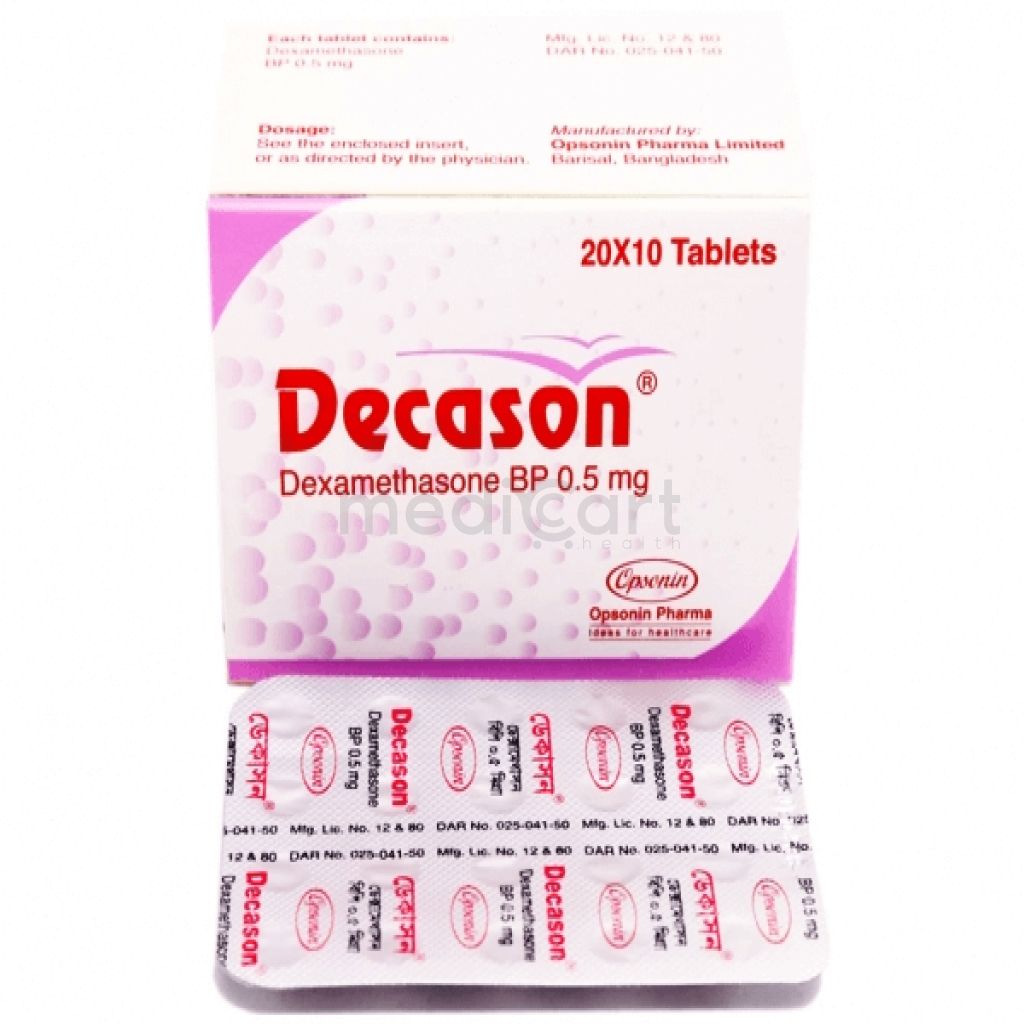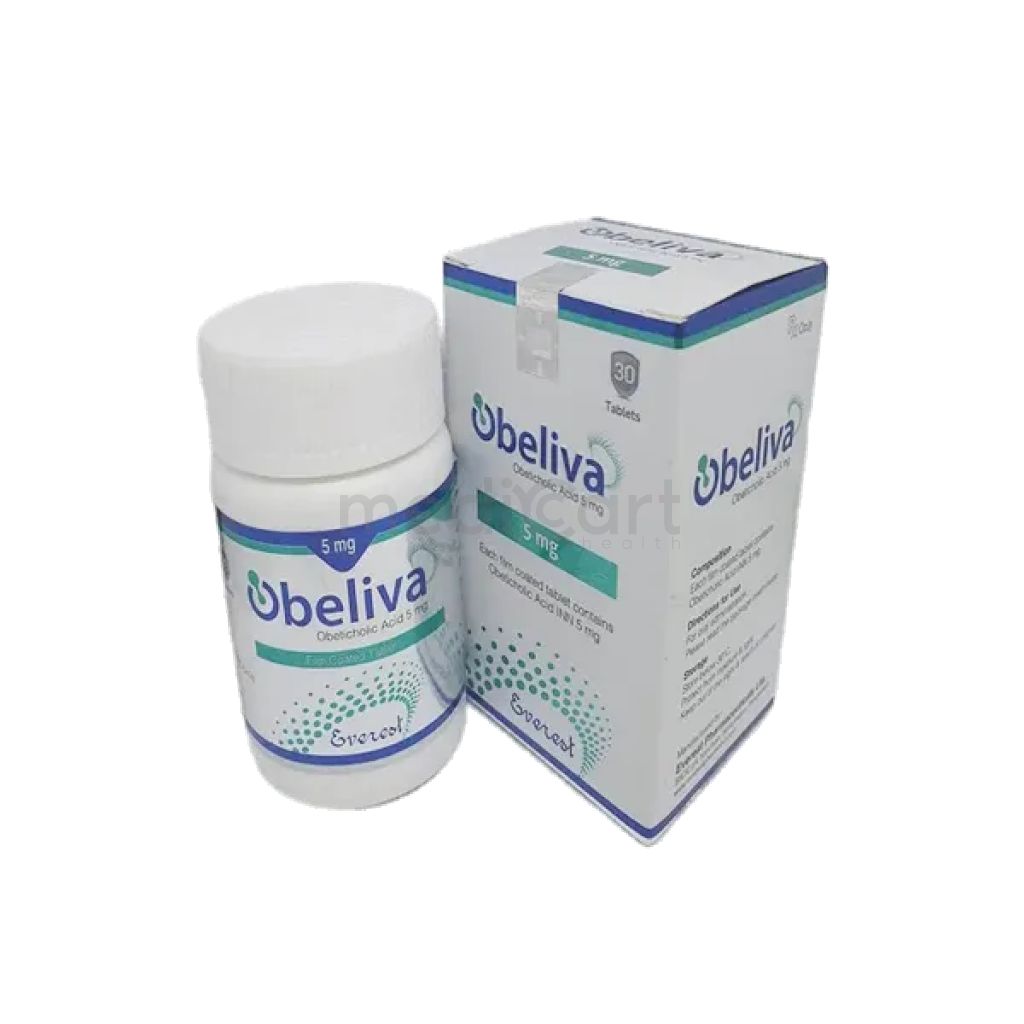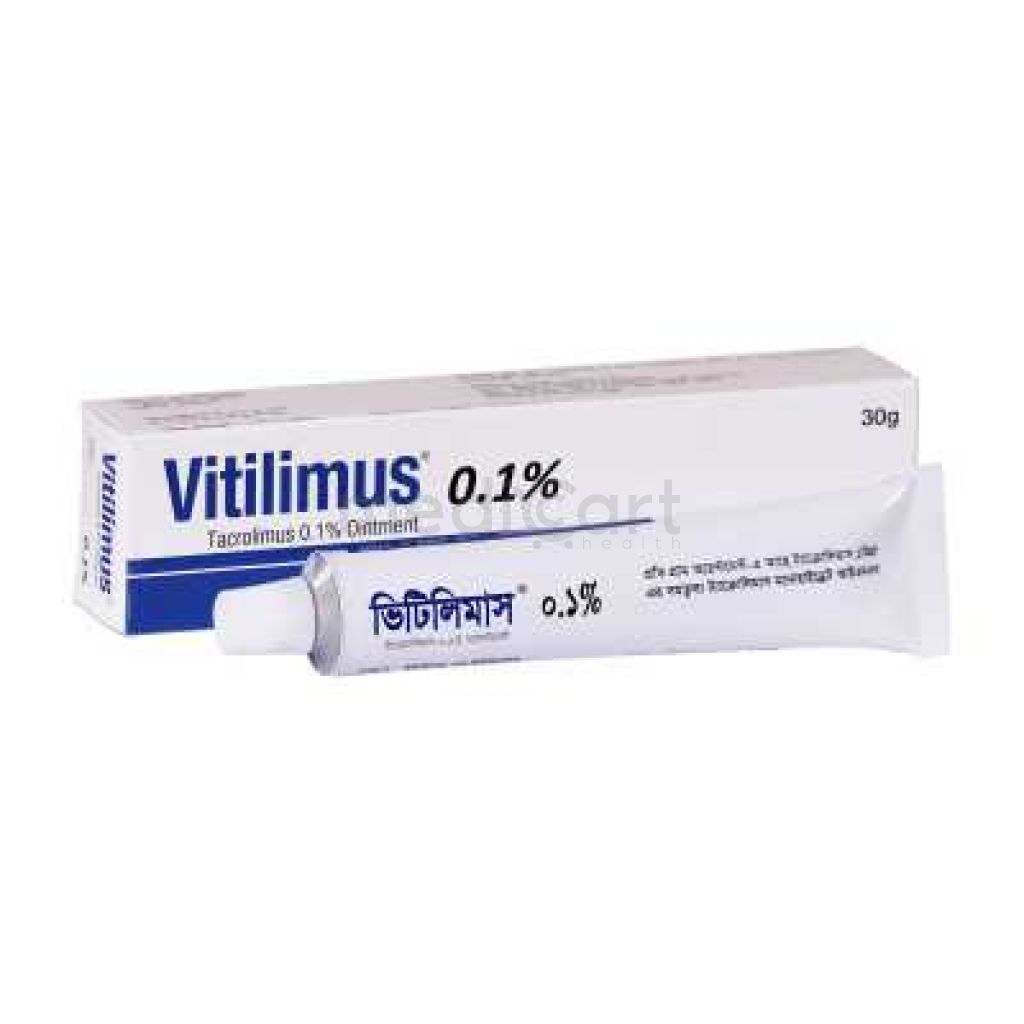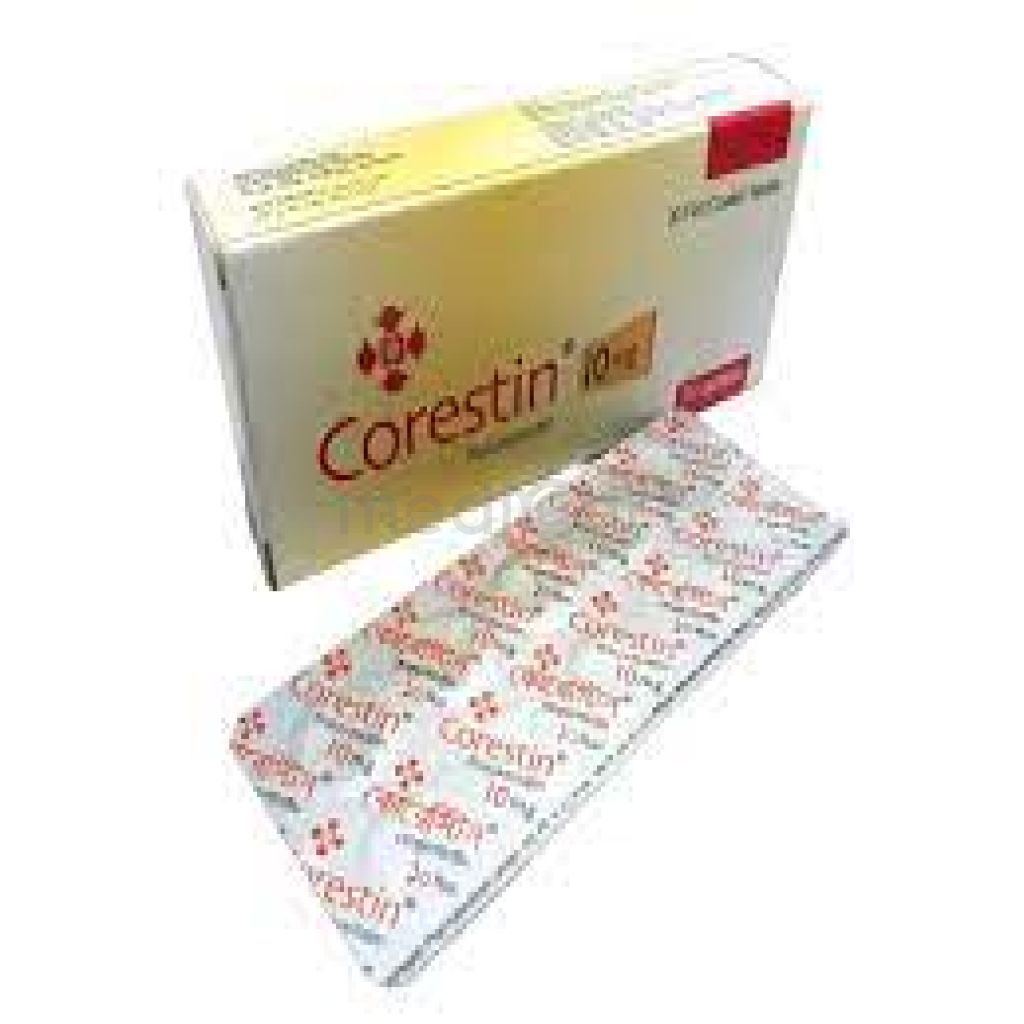

Roxadex - 5mg
Injection* Delivery will be done in Dhaka city only.
More Information About - Roxadex - 5mg
Description
Generic Name
Dexamethasone Sodium Phosphate
Precaution
This product, like many other steroid formulations, is sensitive to heat. Therefore, it should not be autoclaved when it is desirable to sterilize the exterior of the vial. Following prolonged therapy, withdrawal of corticosteroids may result in symptoms of the corticosteroid withdrawal syndrome including fever, myalgia, arthralgia, and malaise. This may occur in patients even without evidence of adrenal insufficiency. There is an enhanced effect of corticosteroids in patients with hypothyroidism and in those with cirrhosis. Corticosteroids should be used cautiously in patients with ocular herpes simplex for fear of corneal perforation. The lowest possible dose of corticosteroid should be used to control the condition under treatment, and when reduction in dosage is possible, the reduction must be gradual. Psychic derangements may appear when corticosteroids are used, ranging from euphoria, insomnia, mood swings, personality changes, and severe depression to frank psychotic manifestations. Also, existing emotional instability or psychotic tendencies may be aggravated by corticosteroids. Aspirin should be used cautiously in conjunction with corticosteroids in hypoprothrombinemia. Steroids should be used with caution in nonspecific ulcerative colitis, if there is a probability of impending perforation, abscess, or other pyogenic infection, also in diverticulitis, fresh intestinal anastomoses, active or latent peptic ulcer, renal insufficiency, hypertension, osteoporosis, and myasthenia gravis. When large doses are given, some authorities advise that antacids be administered between meals to help to prevent peptic ulcer. Growth and development of infants and children on prolonged corticosteroid therapy should be carefully followed. Steroids may increase or decrease motility and number of spermatozoa in some patients. Phenytoin, phenobarbital, ephedrine, and rifampin may enhance the metabolic clearance of corticosteroids resulting in decreased blood levels and lessened physiologic activity, thus requiring adjustment in corticosteroid dosage. These interactions may interfere with dexamethasone suppression tests which should be interpreted with caution during administration of these drugs. When corticosteroids are administered concomitantly with potassium-depleting diuretics, patients should be observed closely for development of hypokalemia. Intra-articular injection of a corticosteroid may produce systemic as well as local effects. Lactation: Drug excreted in breast milk; not recommended
Indication
Ulcerative colitis, Rheumatoid arthritis, Multiple sclerosis, Nausea and vomiting, Multiple myeloma, Cerebral oedema, Shock, Inflammatory joint diseases, Idiopathic thrombocytopenic purpura, Dental surgery, Allergic anaphylactic shock, Brain tumors, Status asthmaticus
Contra Indication
Systemic fungal infections . Hypersensitivity to any component of this product, including sulfites
Dose
N/A
Side Effect
Acne,Adrenal suppression,Arrhythmia,Bradycardia,Cardiac arrest,Cataracts,Change in spermatogenesis,Delayed wound healing,Depression,Diabetes mellitus,Diaphoresis,Emotional instability,Erythema,Euphoria,Exophthalmos,GI perforation,Glaucoma,Glucose intolerance,Glucosuria,Hepatomegaly,Hypokalemic alkalosis,Increased intracranial pressure,Increased transaminases,Insomnia,Kaposi's sarcoma,Menstrual irregularity,Moon face,Myopathy,Neuritis,Osteoporosis,Peptic ulcer,Perianal pruritus,Petechia,Perianal pruritus,Pituitary adrenal axis suppression,Pseudotumor cerebri (on withdrawal),Psychosis,Pulmonary edema,Rash,Seizure,Spermatogenesis altered (increased or decreased),Ulcerative esophagitis,Urticaria,Vertigo,Weight gain
Pregnancy Category
Name : Not Classified
Description
FDA has not yet classified the drug into a specified pregnancy category.Mode of Action
Dexamethasone is a synthetic glucocorticoid which decreases inflammation by inhibiting the migration of leukocytes and reversal of increased capillary permeability. It suppresses normal immune response.
Interaction
Increased risk of hypokalaemia when used concurrently with potassium-depleting drugs such as amphotericin B and loop diuretics. Reduces efficacy of isoniazid, salicylates, vaccines and toxoids. Increased activity of dexamethasone and cyclosporin when used together. Concurrent use with aspirin or ethanol may lead to increased GI side effects. Potentially Fatal: Reduced efficacy in combination with ephedrine, cholestyramine, phenytoin, phenobarbital and rifampicin.
Pregnancy Category Note
Pregnancy Corticosteroids readily cross the placenta Adverse developmental outcomes including orofacial clefts (cleft lip with or without cleft palate), intrauterine growth restriction, and decreased birth weight have been reported with maternal use of corticosteroids during pregnancy Pregnancy testing is recommended for females of reproductive potential before initiating treatment Contraception Use effective contraception during treatment and for at least 1 month following final dose Infertility in males Steroids may increase or decrease motility and number of spermatozoa in some patients In animals, dexamethasone affects male spermatogenesis Lactation Systemically administered corticosteroids appear in human milk and could suppress growth, interfere with endogenous corticosteroid production, or cause other untoward effects Advise women not to breastfeed during treatment and for 2 weeks after the last dose
Adult Dose
Dexamethasone sodium phosphate injection, – For intravenous, intramuscular, intra-articular, intralesional, and soft tissue injection. Dexamethasone can be given parenterally at doses of 0.5-20 mg daily, either as a single IV/IM injection or by IV infusion. Cerebral Edema 10 mg IV, then 4 mg IM q6hr until clinical improvement is observed; may be reduced after 2-4 days and gradually discontinued over 5-7 days Shock 1-6 mg/kg IV once or 40 mg IV q2-6hr PRN Alternative: 20 mg IV, then 3 mg/kg/day by continuous IV infusion High-dose treatment not to be continued beyond 48-72 hours
Child Dose
Airway Edema 0.5-2 mg/kg/day IV/IM divided q6hr, starting 24 hours before extubation and continued for 4-6 doses afterward Croup 0.6 mg/kg IV/IM once; not to exceed 16 mg Inflammation 0.08-0.3 mg/kg/day IV/IM divided q6hr or q12hr Meningitis >6 weeks: 0.6 mg/kg/day IV divided q6hr for first 2-4 days of antibiotic therapy, starting 10-20 minutes before or simultaneously with first antibiotic dose Cerebral Edema Associated With Brain Tumor 1-2 mg/kg IV/IM once; maintenance: 1-1.5 mg/kg/day IV/IM divided q4-6hr; not to exceed 16 mg/day Spinal Cord Compression 2 mg/kg/day IV divided q6hr
Renal Dose
N/A
Administration
IV Preparation Standard diluent: 4 mg/50 mL D5W or 10 mg/50 mL D5W Minimum volume: 50 mL D5W IV/IM Administration Dexamethasone sodium phosphate: Administered by IV push, continuous or intermittent IV infusion, or IM
Disclaimer
The information provided herein are for informational purposes only and not intended to be a substitute for professional medical advice, diagnosis, or treatment. Please note that this information should not be treated as a replacement for physical medical consultation or advice. Great effort has been placed to provide accurate and comprehensive data. However, Medicart along with its authors and editors make no representations or warranties and specifically disclaim all liability for any medical information provided on the site. The absence of any information and/or warning to any drug shall not be considered and assumed as an implied assurance of the Company.









